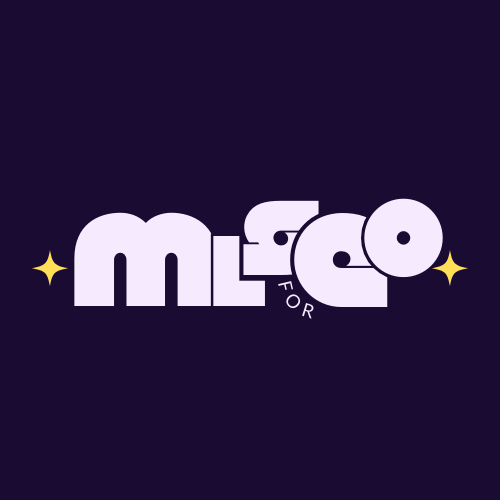Knowledge Graphs – Lesson Preview
Knowledge graphs are now central to how Google understands the world and your content. This lesson explains what a knowledge graph is, how Google builds and updates its own, and what it means for marketers competing in entity-first search. You’ll see how entities, relationships, and organizing principles create a consistent, machine-readable view of reality that powers knowledge panels, query refinements, and zero-click answers.
For SEO professionals, this matters because Google increasingly ranks and answers through an entity lens. The lesson walks through Google’s patents on triggering knowledge panels, reconciling missing facts, validating information across multiple sources, and even answering questions by translating natural language into graph queries. You’ll learn why topical relevance, factual consistency, and multi-source corroboration determine visibility and how to align your strategy accordingly.
What you’ll learn (why it matters)
- Explain knowledge graphs because entity-first search shapes results.
- Spot knowledge panel triggers because panels affect clicks and visibility.
- Map entity relationships because context drives relevance signals.
- Validate facts across sources because Google favors corroborated data.
- Use the KG API in research because entity data improves clustering and prioritization.
Key concepts (with mini-definitions)
- Knowledge graph — graph database of entities and their relationships.
- Entity (node) — person, place, thing, concept, or event represented in the graph.
- Relationship (edge) — labeled link showing how two entities are connected.
- Organizing principles — schema/rules structuring nodes and relationships for use cases.
- Ontology — formal specification of concepts/relations that the graph can implement.
- Tuple — subject–predicate–object fact (plus metadata) stored in the graph.
- Knowledge panel — SERP module summarizing verified facts about an entity.
- Query augmentation — expanding/refining queries using entity attributes and links.
Tools mentioned
Google Knowledge Graph API, Google Cloud,Google Colab and Apps Script.
Practice & readings
- Complete the provided Colab: query entities, related entities, popularity, clustering; export CSV/Sheets.
- Use Apps Script to monitor key entity aspects important to your project.
- Review the listed beginner resources and patents mentioned in the lesson.
Key insights & takeaways
- Knowledge panels pull from multiple trusted sources; consistency wins.
- Topicality and entity–query alignment drive panel triggers and CTR impact.
- Google reconciles facts via clustering and “inverse tuples” across sources.
- Entity-centric ranking replaces keyword-only matching in many cases.
- KG data helps prioritize entities and cluster keywords more reliably.
Ready for the next step? Start your learning journey with MLforSEO
Buy the course to unlock the full lesson
Master entity-first SEO with hands-on Knowledge Graphs workflows.
